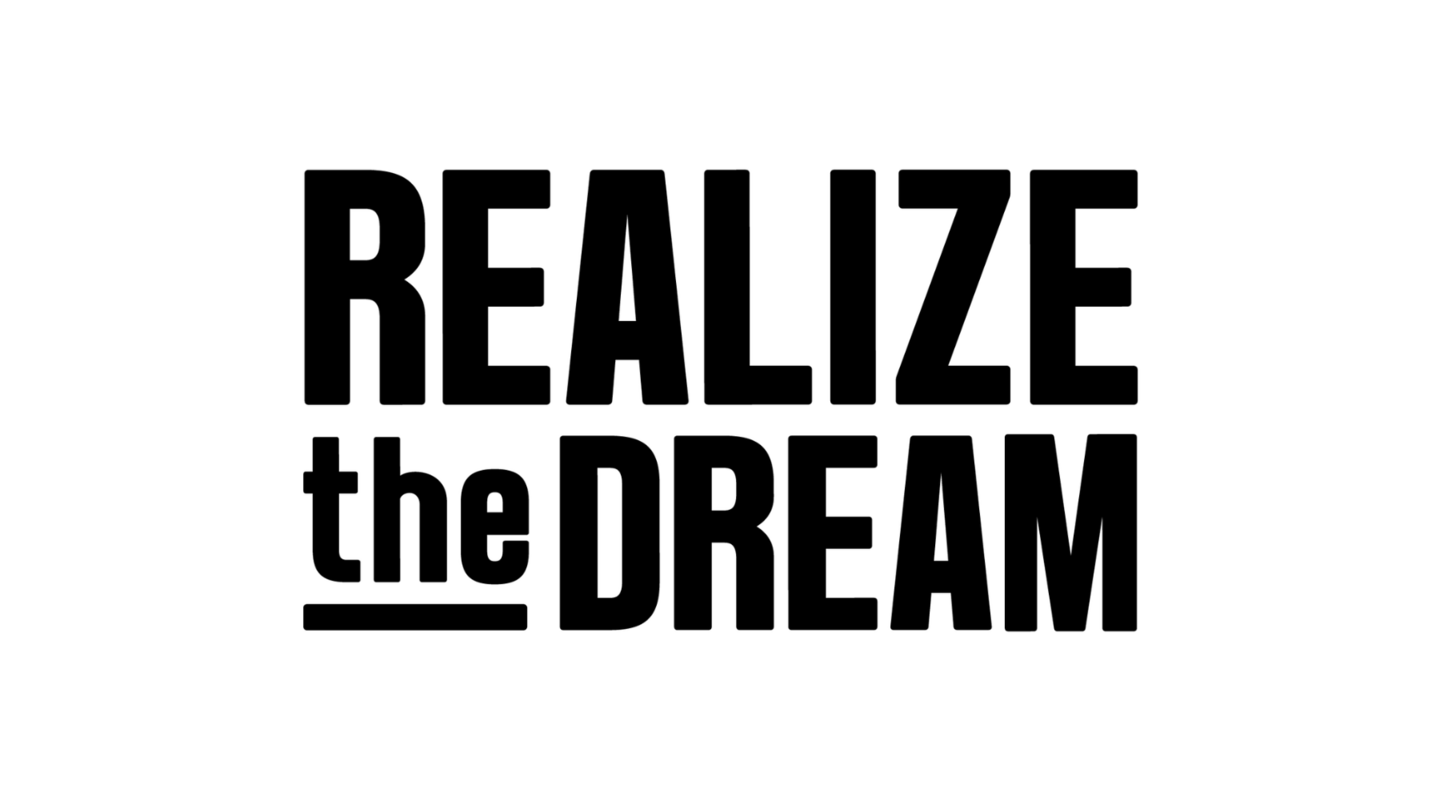Graduating with student debt is difficult, but imagine owing thousands of dollars in loans without ever getting a degree. As Stand Together Trust Senior Fellow Steven Taylor explains at The Hechinger Report, more than 40 million Americans face this scenario.
Taylor maps a better way for these individuals and others who are eager to try other options that will lead to a meaningful career.
The current ‘college for all’ system is antiquated
The current “college for all” mentality forces learners “into an outdated and bureaucratic model of higher education that’s not designed for how people navigate learning and work today,” Taylor says.
This bureaucratic system also keeps people from pursuing the right careers for them — ones where they will find fulfillment. “College isn’t always the best option for every learner,” Taylor explains. “Mounting evidence on program-level outcomes shows that far too many of the options that the government deems ‘safe’ simply because they are accredited have failed learners and left them no better off than if they had not pursued college at all.”
It does not have to be this way.
Lower-cost, shorter-term programs like those offered by Merit America provide a pathway that prepares people for in-demand jobs. A University of Virginia analysis shows Merit America completers see an average annual wage increase of $24,000 three or more months after finishing the program.
“Merit America is among the growing number of providers preparing students for placement into high-demand tech and health care careers,” Taylor says. “Yet students from low-income backgrounds who rely on financial aid and loans often get little guidance about such college alternatives.”
Taylor has an answer for that problem.
Policymakers must change the landscape
Students must “receive better information about college and noncollege pathways and outcomes,” Taylor says. That includes providing more “transparent financial counseling and more options for using financial aid beyond the limited college options currently afforded by student aid programs.”
Federal regulations are one reason many students enroll in college even when it may not be the right option for them.
Instead, “Federal and state governments and postsecondary institutions can and should adopt policies and practices that will help students build career pathways and make alternatives to a college degree more accessible, affordable, and practical,” Taylor argues. To start, learners should be able to use Pell Grants for non-college alternative programs, like Merit America, that have proven track records of moving students into jobs that pay family-sustaining wages.
Merit America shows a better way
With hopes of becoming a psychiatrist, Alix Petkov enrolled in college after high school even though he was unable to afford it.
The experience nearly “destroyed” him, Petkov says.
He had an on-campus IT job, but it paid only $10 an hour. “Petkov quit college roughly 30 credits short of a degree,” Taylor explains, “With $16,000 in student loans and a credit card balance of $4,000 from paying living expenses.”
Despite the burdens of debt, once out of school, Petkov “burnished his tech portfolio with freelance computer work, applied for IT jobs, [and] worked in restaurants.”
He eventually found Merit America, which “built on Petkov’s existing IT knowledge to give him new tech skills that allowed him to push past self-doubt and launch a successful career,” Taylor says. “After completing the program, Petkov landed a tech coordinator’s job at a nonprofit in Washington, D.C., that started him at $45,000 — more than twice what he was making in food service.”



